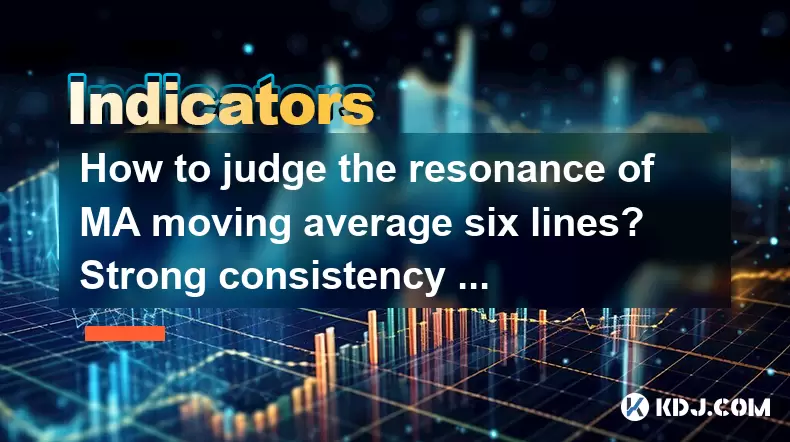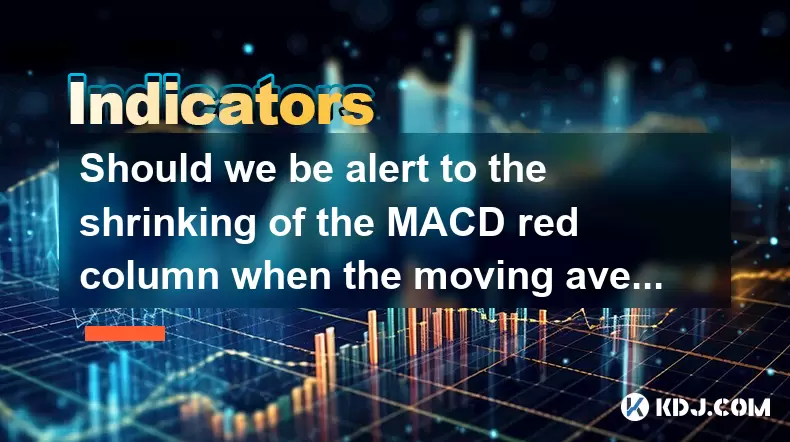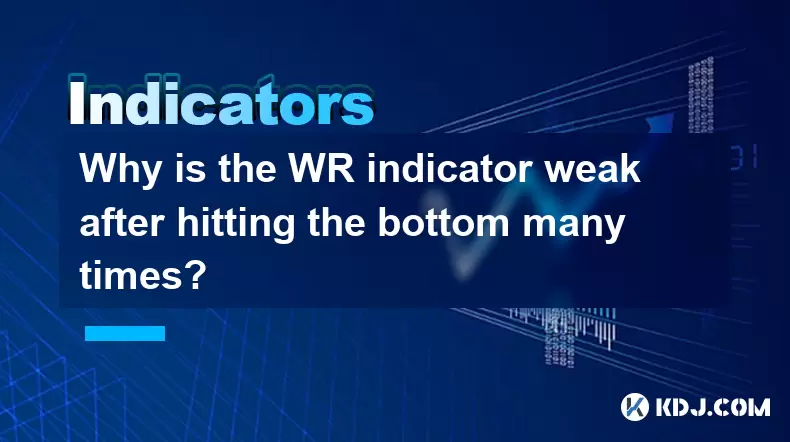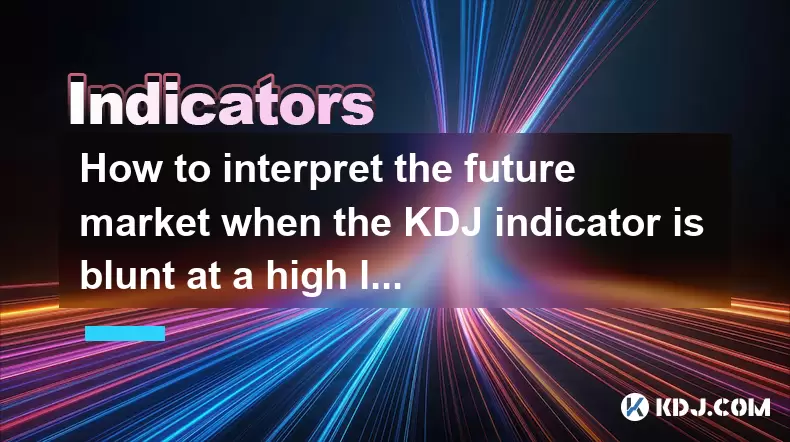-
 Bitcoin
Bitcoin $101,898.5005
-0.75% -
 Ethereum
Ethereum $2,258.1125
-1.07% -
 Tether USDt
Tether USDt $1.0004
0.01% -
 XRP
XRP $2.0178
-2.93% -
 BNB
BNB $624.0243
-1.53% -
 Solana
Solana $134.3298
-0.90% -
 USDC
USDC $0.9999
0.01% -
 TRON
TRON $0.2675
-2.05% -
 Dogecoin
Dogecoin $0.1538
-1.96% -
 Cardano
Cardano $0.5482
-1.11% -
 Hyperliquid
Hyperliquid $35.5636
5.45% -
 Bitcoin Cash
Bitcoin Cash $453.4902
-1.66% -
 Sui
Sui $2.5134
-2.97% -
 UNUS SED LEO
UNUS SED LEO $9.1292
1.77% -
 Chainlink
Chainlink $11.8457
-1.60% -
 Stellar
Stellar $0.2312
-2.73% -
 Avalanche
Avalanche $16.9721
0.29% -
 Toncoin
Toncoin $2.7549
-3.82% -
 Shiba Inu
Shiba Inu $0.0...01081
-1.10% -
 Litecoin
Litecoin $80.8250
-0.71% -
 Hedera
Hedera $0.1374
0.21% -
 Monero
Monero $305.4827
-2.36% -
 Ethena USDe
Ethena USDe $1.0006
0.00% -
 Dai
Dai $1.0000
-0.01% -
 Polkadot
Polkadot $3.2085
-3.12% -
 Bitget Token
Bitget Token $4.0845
-3.13% -
 Uniswap
Uniswap $6.3353
-1.63% -
 Pi
Pi $0.5085
-0.70% -
 Pepe
Pepe $0.0...08913
-3.82% -
 Aave
Aave $232.7090
-0.58%
How to judge the resonance of MA moving average six lines? Strong consistency in multiple periods?
MA moving average six lines help traders identify trends by aligning 5, 10, 20, 50, 100, and 200-day MAs, indicating bullish or bearish market directions.
May 23, 2025 at 02:57 am

Understanding MA Moving Average Six Lines
The Moving Average (MA) is a fundamental tool in technical analysis used by traders to smooth out price action and identify trends over time. When discussing the MA moving average six lines, we are typically referring to a combination of different time periods of moving averages plotted on a single chart. These lines can be Simple Moving Averages (SMA) or Exponential Moving Averages (EMA), with common periods being 5, 10, 20, 50, 100, and 200 days.
The key to judging the resonance of these six lines lies in their alignment and interaction with each other. When these lines show strong consistency across multiple periods, it can indicate a robust trend, providing traders with a clearer picture of the market direction.
Identifying Strong Consistency
Strong consistency in multiple periods means that the moving averages are not only aligned but also moving in the same direction. This alignment can be either bullish or bearish. For a bullish trend, the shorter period MAs (5, 10, 20) should be above the longer period MAs (50, 100, 200). Conversely, for a bearish trend, the shorter period MAs should be below the longer period MAs.
To identify this consistency, traders should:
- Observe the direction of each MA line: Are they all moving upwards or downwards?
- Check the alignment: Are the shorter MAs consistently above or below the longer MAs?
- Monitor the spacing between the lines: Tightly packed lines suggest a stronger trend, while widely spaced lines might indicate a weaker or less consistent trend.
Analyzing Bullish Resonance
Bullish resonance occurs when the six MA lines align in a way that supports a bullish trend. Here's how to analyze it:
- Alignment: The 5-day MA should be above the 10-day MA, which should be above the 20-day MA, and so on. This creates a staircase effect, with each line stepping higher than the next.
- Crossovers: Pay attention to when shorter MAs cross above longer MAs. These crossovers can signal the beginning of a bullish trend or a strengthening of an existing one.
- Price Action: The price should ideally be above all six MAs, reinforcing the bullish sentiment.
Analyzing Bearish Resonance
Bearish resonance is the opposite of bullish resonance and indicates a bearish trend. Here's how to analyze it:
- Alignment: The 5-day MA should be below the 10-day MA, which should be below the 20-day MA, and so on. This creates a descending staircase effect.
- Crossovers: Monitor when shorter MAs cross below longer MAs. These crossovers can signal the beginning of a bearish trend or a deepening of an existing one.
- Price Action: The price should ideally be below all six MAs, reinforcing the bearish sentiment.
Practical Application in Trading
To apply the concept of MA moving average six lines in trading, follow these steps:
- Choose the right chart: Select a cryptocurrency chart with a timeframe that matches your trading strategy (e.g., daily, 4-hour, 1-hour).
- Add the MAs: Use your trading platform to add the six MAs (5, 10, 20, 50, 100, 200 days) to the chart. You can use either SMA or EMA, depending on your preference.
- Analyze the resonance: Look for the alignment and direction of the MAs. Are they showing strong consistency across multiple periods?
- Make trading decisions: If you see bullish resonance, consider buying or holding long positions. If you see bearish resonance, consider selling or holding short positions.
Using Additional Indicators
While the six MAs provide a solid foundation for trend analysis, combining them with other indicators can enhance your trading strategy. Consider using:
- Relative Strength Index (RSI): To gauge overbought or oversold conditions.
- MACD (Moving Average Convergence Divergence): To confirm trend strength and potential reversals.
- Volume: To validate the strength of price moves.
Frequently Asked Questions
Q1: Can the MA moving average six lines be used for short-term trading?
A1: Yes, the MA moving average six lines can be adapted for short-term trading by adjusting the periods of the MAs. For example, you might use 1, 3, 5, 10, 15, and 30-minute MAs on a 1-minute chart to capture short-term trends.
Q2: How do I handle false signals from the MA moving average six lines?
A2: False signals can be mitigated by using additional confirmation indicators like RSI or MACD. Also, waiting for multiple crossovers to confirm a trend can reduce the likelihood of acting on false signals.
Q3: What cryptocurrencies are best suited for using the MA moving average six lines?
A3: The MA moving average six lines can be applied to any cryptocurrency. However, it may be more effective on cryptocurrencies with higher liquidity and trading volume, such as Bitcoin and Ethereum, as these tend to have clearer trends.
Q4: Can the MA moving average six lines be used in conjunction with other chart patterns?
A4: Yes, the MA moving average six lines can be used alongside other chart patterns like head and shoulders, triangles, and flags. These patterns can provide additional confirmation of the trend indicated by the MAs.
Disclaimer:info@kdj.com
The information provided is not trading advice. kdj.com does not assume any responsibility for any investments made based on the information provided in this article. Cryptocurrencies are highly volatile and it is highly recommended that you invest with caution after thorough research!
If you believe that the content used on this website infringes your copyright, please contact us immediately (info@kdj.com) and we will delete it promptly.
- FUNToken: Decoding Past Trends and Getting Started in the Gaming Crypto Sphere
- 2025-06-23 22:25:12
- BTC Price Analysis: Navigating Volatility and the Quest for a New ATH
- 2025-06-23 22:25:12
- Genesis, Bitcoin Mining, and Air-Cooled Miners: A New Era?
- 2025-06-23 22:45:12
- Coinbase's Growth and Resilience: Navigating the Crypto Landscape
- 2025-06-23 22:45:12
- Bitcoin Options Market: Bullish Bets Amidst Geopolitical Jitters
- 2025-06-23 22:51:52
- Dubai's Virtual Asset Scene Heats Up: GAP 3 Partners Lands Landmark Investment Advisor License
- 2025-06-23 22:55:12
Related knowledge

What is the significance of the gap formed by the gap opening not being filled within five days?
Jun 23,2025 at 09:42pm
Understanding Gaps in Cryptocurrency TradingIn the world of cryptocurrency trading, a gap refers to a situation where the price of an asset jumps from one level to another without any trading activity occurring between those two levels. This often happens over weekends or holidays when the market is closed, and significant news or events occur that impa...

Does the second golden cross of MACD above the zero axis represent the continuation of strength?
Jun 23,2025 at 08:21pm
Understanding the MACD IndicatorThe Moving Average Convergence Divergence (MACD) is a widely used technical analysis tool in cryptocurrency trading. It consists of three main components: the MACD line, the signal line, and the histogram. The MACD line is calculated by subtracting the 26-period Exponential Moving Average (EMA) from the 12-period EMA. The...

Is it effective when the DIF line suddenly crosses the zero axis when the volume is shrinking and the market is trading sideways?
Jun 23,2025 at 07:29pm
Understanding the DIF Line in Technical AnalysisThe DIF line, or the Difference Line, is a critical component of the MACD (Moving Average Convergence Divergence) indicator, widely used in technical analysis across cryptocurrency and traditional financial markets. It represents the difference between the 12-period EMA (Exponential Moving Average) and the...

Should we be alert to the shrinking of the MACD red column when the moving average is arranged in a bullish pattern?
Jun 23,2025 at 08:14pm
Understanding the MACD Red Column and Its SignificanceThe Moving Average Convergence Divergence (MACD) is a widely used technical indicator in cryptocurrency trading. It consists of three main components: the MACD line, the signal line, and the MACD histogram (the red column). The red column represents the difference between the MACD line and the signal...

Why is the WR indicator weak after hitting the bottom many times?
Jun 23,2025 at 07:56pm
Understanding the WR Indicator in Cryptocurrency TradingThe Williams %R (WR) indicator is a momentum oscillator used by traders to identify overbought and oversold levels in the market. It ranges from 0 to -100, with readings above -20 considered overbought and below -80 considered oversold. In the context of cryptocurrency trading, where volatility is ...

How to interpret the future market when the KDJ indicator is blunt at a high level for a long time?
Jun 23,2025 at 10:35pm
Understanding the KDJ Indicator in Cryptocurrency TradingThe KDJ indicator, also known as the stochastic oscillator, is a momentum-based technical analysis tool used to identify overbought and oversold conditions in financial markets. It consists of three lines: the %K line (fast stochastic), the %D line (slow stochastic), and the J line (divergence). I...

What is the significance of the gap formed by the gap opening not being filled within five days?
Jun 23,2025 at 09:42pm
Understanding Gaps in Cryptocurrency TradingIn the world of cryptocurrency trading, a gap refers to a situation where the price of an asset jumps from one level to another without any trading activity occurring between those two levels. This often happens over weekends or holidays when the market is closed, and significant news or events occur that impa...

Does the second golden cross of MACD above the zero axis represent the continuation of strength?
Jun 23,2025 at 08:21pm
Understanding the MACD IndicatorThe Moving Average Convergence Divergence (MACD) is a widely used technical analysis tool in cryptocurrency trading. It consists of three main components: the MACD line, the signal line, and the histogram. The MACD line is calculated by subtracting the 26-period Exponential Moving Average (EMA) from the 12-period EMA. The...

Is it effective when the DIF line suddenly crosses the zero axis when the volume is shrinking and the market is trading sideways?
Jun 23,2025 at 07:29pm
Understanding the DIF Line in Technical AnalysisThe DIF line, or the Difference Line, is a critical component of the MACD (Moving Average Convergence Divergence) indicator, widely used in technical analysis across cryptocurrency and traditional financial markets. It represents the difference between the 12-period EMA (Exponential Moving Average) and the...

Should we be alert to the shrinking of the MACD red column when the moving average is arranged in a bullish pattern?
Jun 23,2025 at 08:14pm
Understanding the MACD Red Column and Its SignificanceThe Moving Average Convergence Divergence (MACD) is a widely used technical indicator in cryptocurrency trading. It consists of three main components: the MACD line, the signal line, and the MACD histogram (the red column). The red column represents the difference between the MACD line and the signal...

Why is the WR indicator weak after hitting the bottom many times?
Jun 23,2025 at 07:56pm
Understanding the WR Indicator in Cryptocurrency TradingThe Williams %R (WR) indicator is a momentum oscillator used by traders to identify overbought and oversold levels in the market. It ranges from 0 to -100, with readings above -20 considered overbought and below -80 considered oversold. In the context of cryptocurrency trading, where volatility is ...

How to interpret the future market when the KDJ indicator is blunt at a high level for a long time?
Jun 23,2025 at 10:35pm
Understanding the KDJ Indicator in Cryptocurrency TradingThe KDJ indicator, also known as the stochastic oscillator, is a momentum-based technical analysis tool used to identify overbought and oversold conditions in financial markets. It consists of three lines: the %K line (fast stochastic), the %D line (slow stochastic), and the J line (divergence). I...
See all articles
























































































